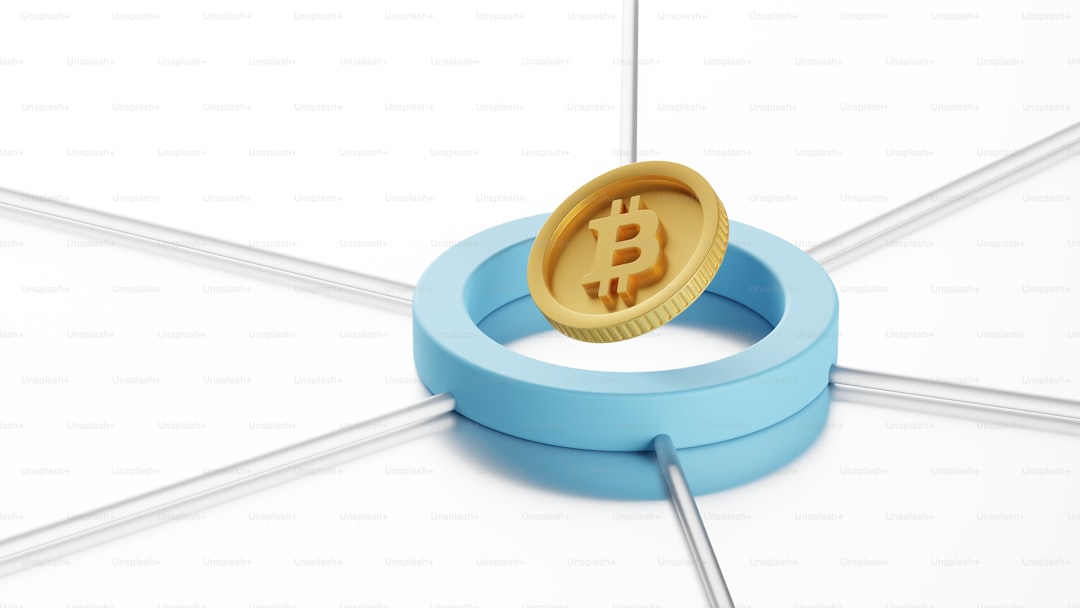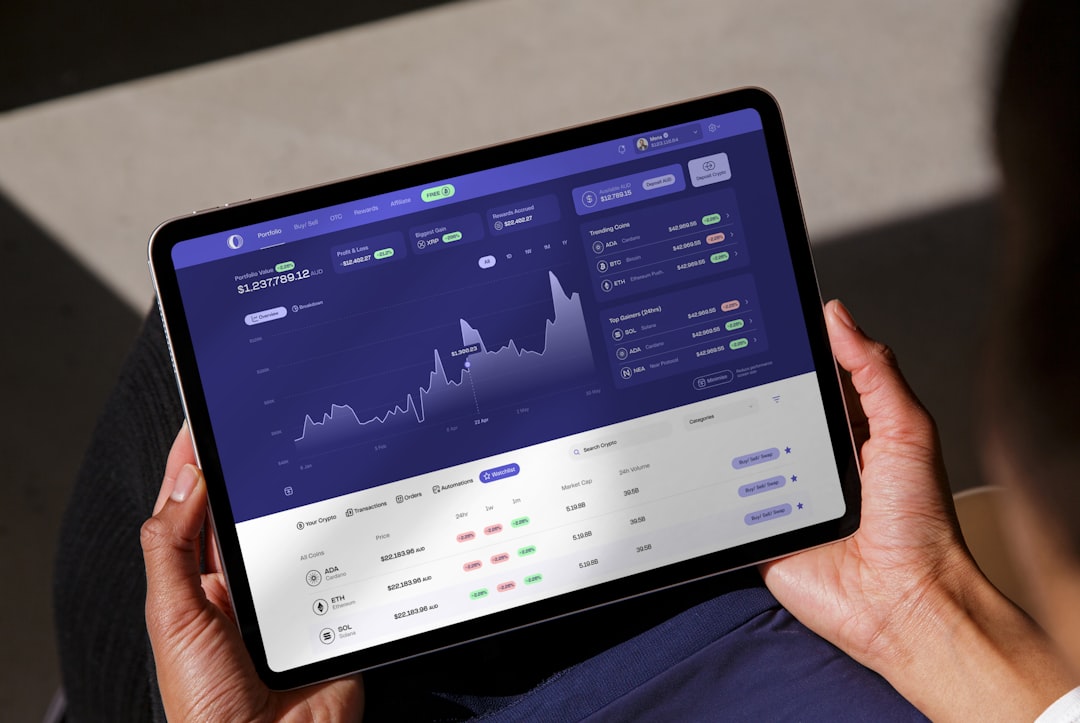From Loans to Legacy: Case Studies on Sustainable Income

In today’s financial landscape, the line between borrowing and building wealth is increasingly blurred. Entrepreneurs, retirees, and everyday investors are discovering that the very debts that once seemed burdensome can be transformed into reliable streams of income that outlast the original obligation. By reimagining loans as strategic assets whether through real estate, partnerships, or impact investing individuals are crafting legacies that grow even after they’ve stepped away from active management.
From a Mortgage to a Monthly Dividend
The traditional narrative around mortgages frames them as a necessary evil: a debt that must be paid down over time. Yet, when approached with a long‑term mindset, a mortgage can become a source of passive income. One illustrative case is that of an investor who purchased a single‑family rental property in a growing suburban market. Rather than renting the unit, the owner financed the purchase using a conventional mortgage and immediately placed the property in a real‑estate investment trust (REIT) that focused on similar assets. By combining the tax benefits of mortgage interest deductions with the stability of a diversified portfolio, the investor achieved a net monthly yield of 5% on the loan principal effectively turning a debt into a dividend. This approach not only mitigated the risk of market fluctuations but also created a steady cash flow that could be reinvested or used to pay off the original loan faster.

Leveraging Student Loans into Real Estate Partnerships
Student debt is often seen as a hurdle to financial freedom, yet it can serve as a lever for entrepreneurial ventures. A graduate student with a sizable loan balance partnered with a local developer to acquire a mixed‑use property in an urban center. The student’s loan served as a down‑payment source, while the developer provided the construction expertise. The arrangement included a profit‑sharing clause: once the property was leased, the student received a percentage of the rental income, and a portion of the proceeds was earmarked to pay down the loan. Within two years, the property’s rental income surpassed the monthly loan payment, allowing the student to clear the debt and continue receiving dividends from the partnership. This model demonstrates how non‑traditional collateral such as student debt can be repurposed into a venture that benefits both the individual and the broader community.

Corporate Debt Repurposed for Green Bonds
Large corporations often carry substantial debt loads that can strain cash flows. Some forward‑thinking firms have converted a portion of their corporate debt into green bonds financial instruments that fund environmentally sustainable projects. By issuing green bonds, these companies tap into a growing investor base that prioritizes environmental, social, and governance (ESG) criteria. The proceeds finance initiatives like renewable energy installations or energy‑efficient retrofits, which in turn reduce operating costs and generate new revenue streams. For example, a manufacturing firm restructured $50 million of its debt into green bonds, allocating the funds to install solar panels on its plant roof. The resulting savings on utility bills were reinvested into the company’s sustainability portfolio, and the green bonds attracted investors who earned a fixed yield while supporting climate action. This strategy not only improves the firm’s balance sheet but also creates a sustainable legacy that aligns financial returns with social responsibility.

The principles uncovered in these case studies are not confined to large institutions or high‑net‑worth individuals. They are accessible to anyone willing to think beyond conventional debt repayment. The key is to view loans not merely as obligations but as financial instruments that can be structured to generate ongoing returns. This shift in perspective requires a blend of financial literacy, strategic partnerships, and a willingness to innovate.
At its core, sustainable income hinges on three pillars: diversification, reinvestment, and alignment with future market trends. Diversification spreads risk across multiple asset classes, ensuring that the failure of one stream does not derail the entire income plan. Reinvestment whether of dividends, interest savings, or tax credits magnifies the power of compound growth over time. Finally, aligning income strategies with emerging trends such as renewable energy, digital infrastructure, or social impact investing ensures that the streams remain resilient in the face of economic shifts.
To translate these insights into action, start by mapping out your current debt portfolio. Identify which liabilities carry the highest interest rates or the greatest opportunity for collateralization. Explore partnership models that can convert these debts into equity positions, whether through real‑estate syndications, joint ventures, or impact‑investment funds. Seek professional guidance from financial advisors who specialize in debt restructuring and sustainable finance. Keep abreast of policy changes that can unlock incentives such as tax credits for green projects or student loan forgiveness programs tied to public service which can further enhance the viability of debt‑to‑income strategies.
Ultimately, the journey from loans to legacy is a continuous process of learning, risk assessment, and adaptive execution. It requires a mindset that sees potential where others see burden, and the courage to pivot from the familiar path of debt repayment toward a future where those same obligations work for you. By embracing the concepts illustrated in these case studies, you can transform your financial landscape from one dominated by liabilities into a portfolio of enduring, passive income streams that support not only your personal goals but also the communities and ecosystems you care about.

Jay Green
I’m Jay, a crypto news editor diving deep into the blockchain world. I track trends, uncover stories, and simplify complex crypto movements. My goal is to make digital finance clear, engaging, and accessible for everyone following the future of money.
Discussion (10)
Join the Discussion
Your comment has been submitted for moderation.
Random Posts

Future-Focused Investing - Turning Objectives into Wealth
Turn vague dreams into wealth by setting SMART goals, defining exact amounts and timelines, then disciplined planning and investing that grows with you.
1 year ago

Beyond Short Term Fluctuations Crafting a Long Term Investment Roadmap
Ignore short term swings. Build a long term roadmap that ties your investments to life goals, turning volatility into an ally that steadily grows your wealth over time.
4 months ago

Diversification Strategies That Improve Risk Adjusted Returns
Learn how smart diversification, beyond simple spread, boosts Sharpe and Sortino ratios, protecting growth while smoothing volatility.
10 months ago

Smart NFT Strategies for Reliable Income and Tax Efficiency
Build a passive NFT portfolio with diverse assets, smart royalty management, and tax, aware structuring to turn tokens into reliable income while keeping taxes low.
1 week ago

Integrating Wallets with Staking Tools Step by Step
Learn how to connect your wallet to staking tools in clear, simple steps, update firmware, secure your seed, choose a trusted platform, and start earning rewards safely.
1 month ago
Latest Posts

Tax Strategies for Long Term Passive Earnings
Learn how smart tax planning can boost your passive income: choose efficient vehicles, use shelters, time gains, and keep more of what you earn.
1 day ago

Passive Income Education Through Legal, Tax, and Risk Management
Turn a side hustle into lasting, hands, off wealth by mastering legal structure, tax strategy, and risk protection, the three pillars that safeguard capital and ensure steady dividends.
1 day ago

Crypto Exchange Basics for Steady Income
Build steady crypto income by defining clear goals, choosing the right exchange tools, and sticking to a disciplined strategy for consistent returns.
2 days ago

